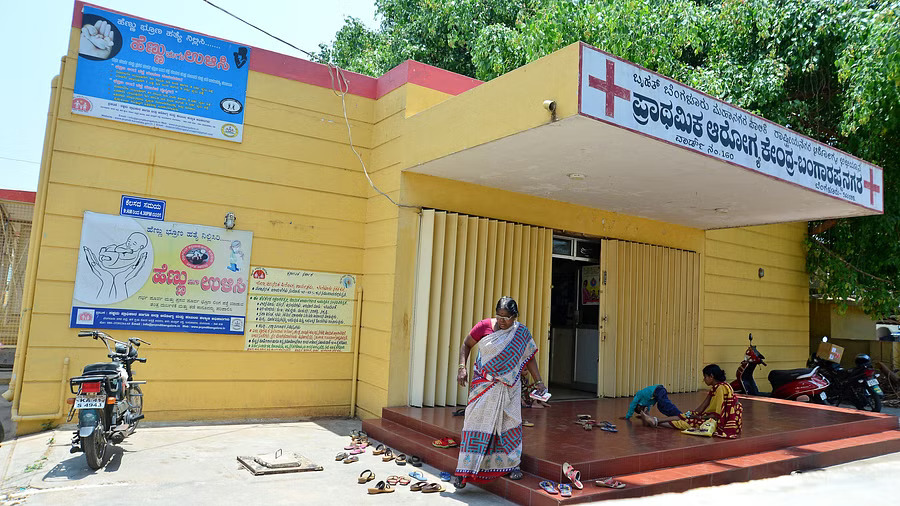A recent study conducted in Bengaluru’s slum areas has revealed that residents are increasingly opting for the services of pharmacists and private clinics over public health centers (PHCs). The findings shed light on the complex dynamics surrounding healthcare access in vulnerable communities and underscore the need for improved public healthcare infrastructure.
The study, which aimed to understand healthcare-seeking behavior among slum residents, highlighted several factors influencing their choices. These factors include convenience, perceived quality of care, accessibility, and trust in healthcare providers.
While PHCs are designed to serve as primary healthcare centers, the study found that slum residents often turn to pharmacists and private clinics for various health-related needs. The reasons cited range from quicker service and availability of medication to personalized attention and familiarity with the healthcare providers.
The study’s findings have raised concerns about the effectiveness of public healthcare centers in meeting the needs of underserved communities. It points to the need for a comprehensive approach to improving PHCs, including enhanced infrastructure, availability of medications, trained healthcare professionals, and better outreach programs.
Local authorities and healthcare experts have acknowledged the findings and stressed the importance of revamping public healthcare infrastructure to bridge the gap in healthcare access. The study has prompted discussions about strategies to increase trust in PHCs, improve service quality, and promote community engagement in healthcare initiatives.
Addressing the healthcare preferences of slum residents requires a multifaceted approach that takes into account their unique needs and challenges. Efforts to improve public healthcare centers can potentially enhance healthcare outcomes and reduce healthcare disparities in vulnerable communities.
As the study’s implications are absorbed by policymakers and healthcare professionals, the focus will likely shift towards implementing reforms that make PHCs more appealing and effective. By addressing the barriers that discourage slum residents from utilizing PHCs, authorities can work towards ensuring equitable access to quality healthcare for all residents.









